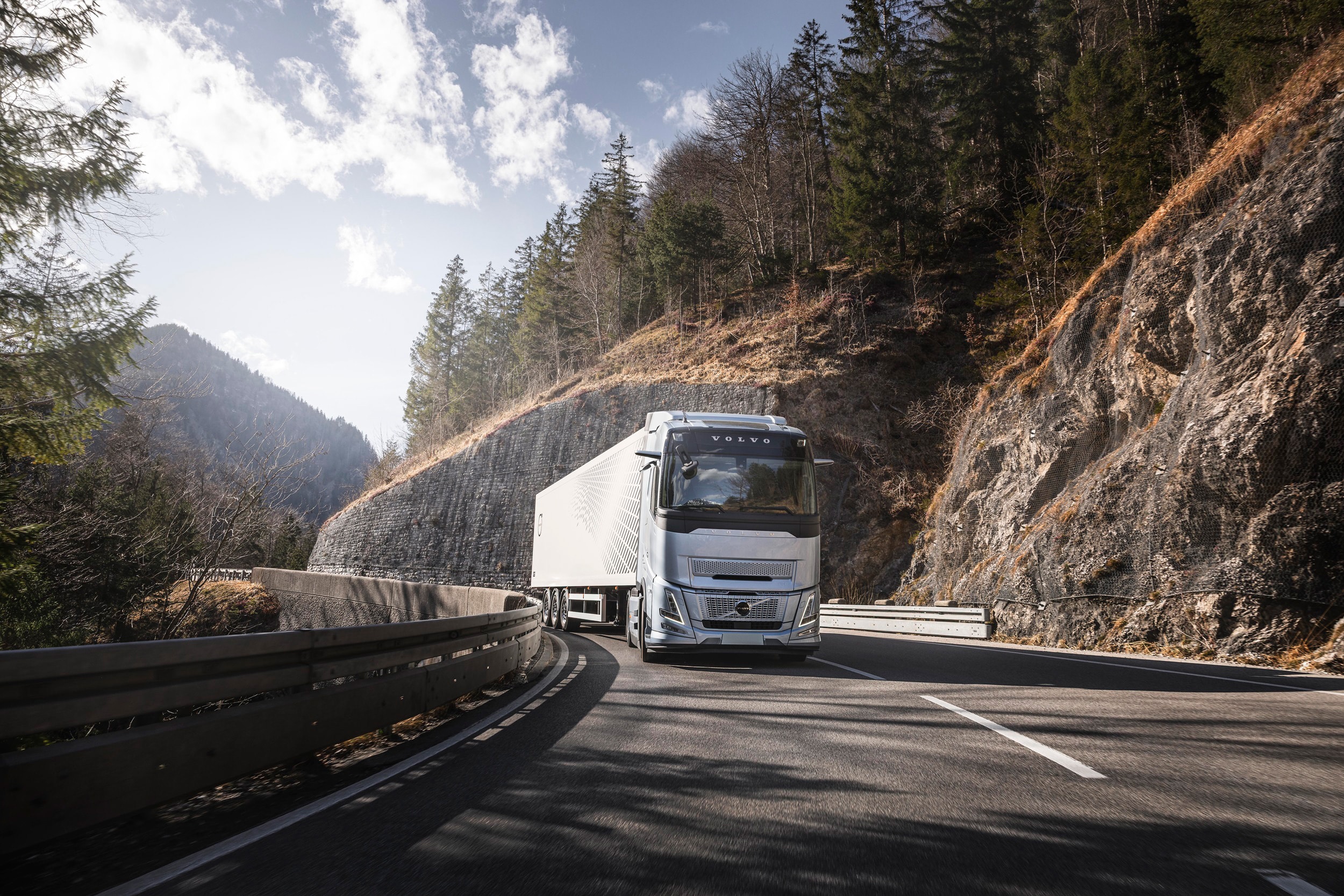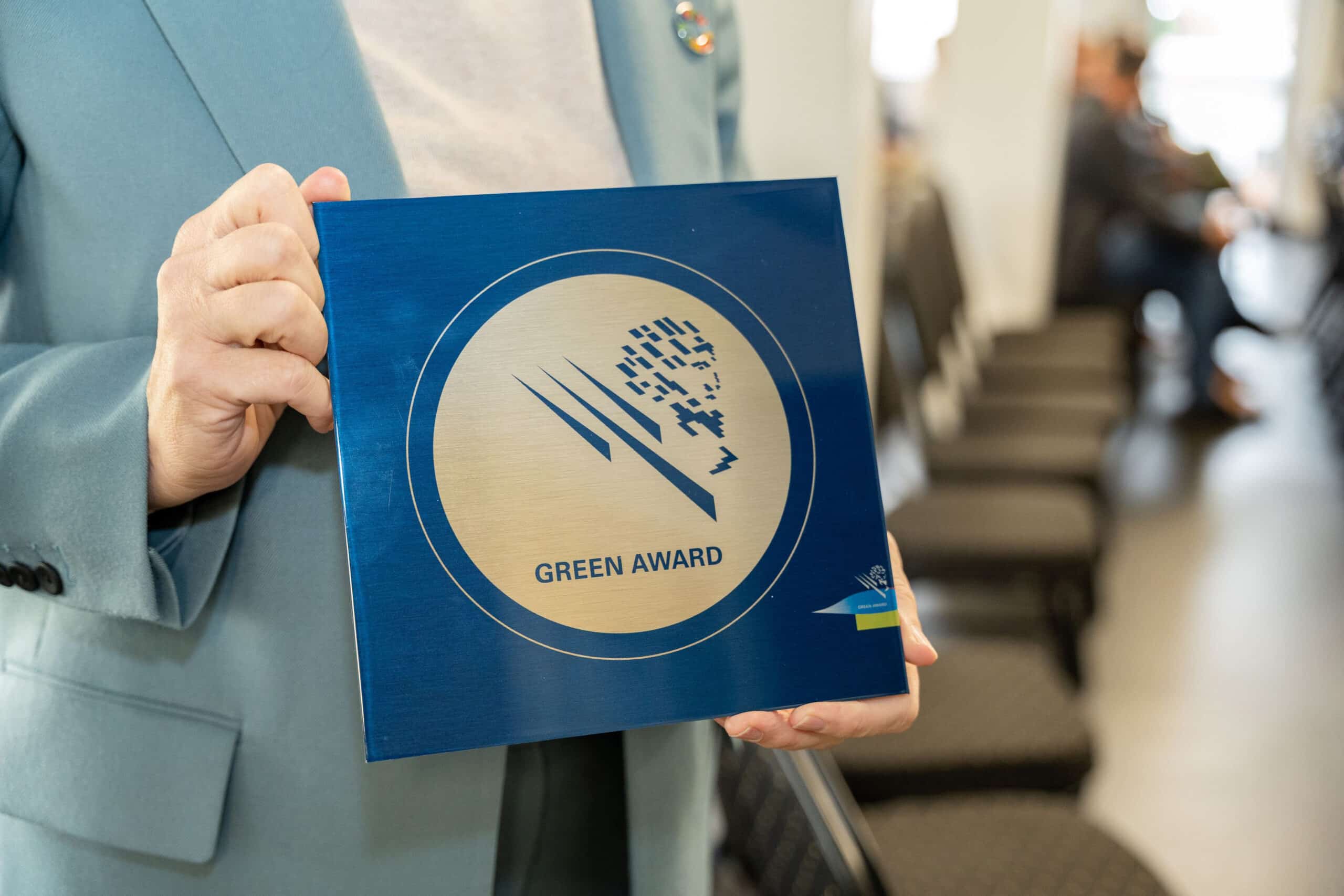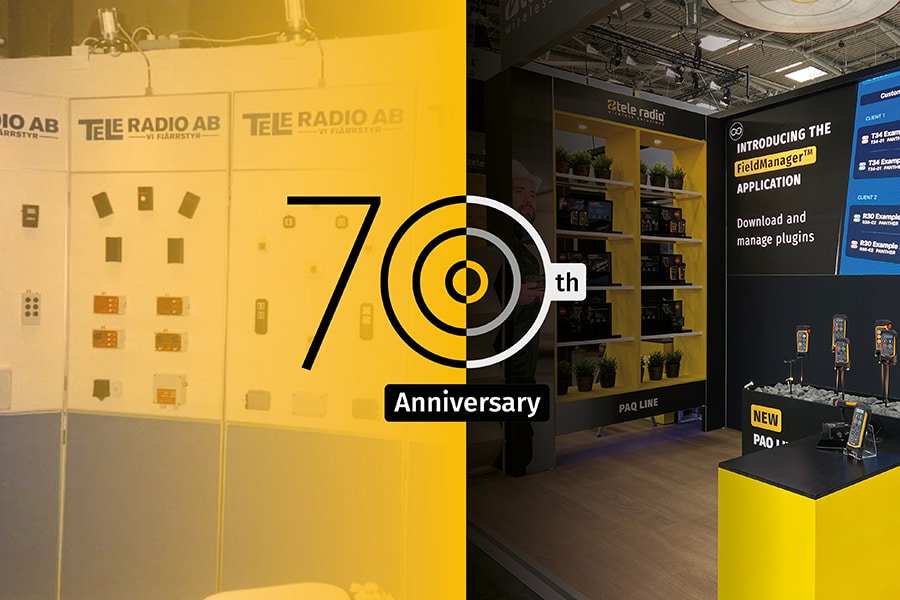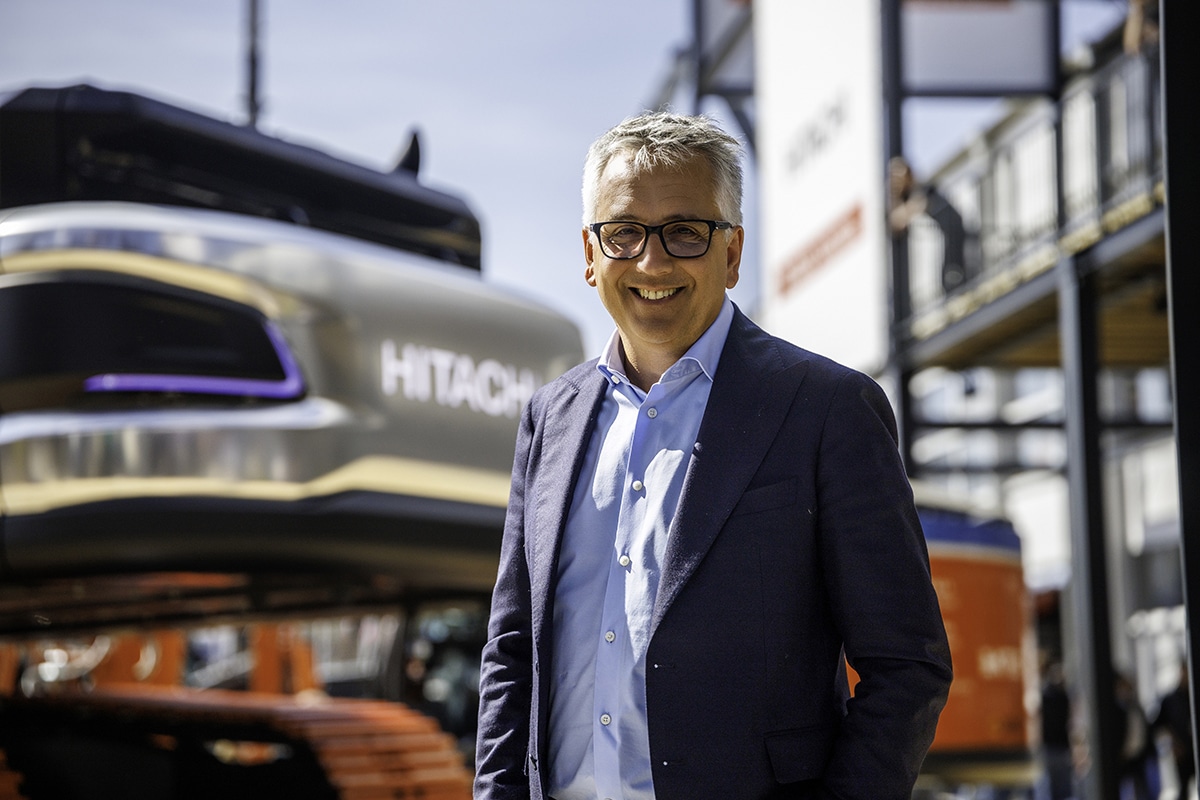
A solid foundation for the N206
As a specialist in designing and executing all foundation work, Voorbij Funderingstechniek is in fact providing the complete bearing capacity for the new N206 ir. G. Tjalmaweg. According to Erik Sandifort, project leader at Voorbij Funderingstechniek, a great many techniques are coming together on this project, and in considerable quantities as well.

The foundation for the N206 has been completely outsourced to us by Boskalis, Sandifort begins. "We take care of all the foundation work required, both of engineering structures such as the Torenvliet Bridge and the complete sunken location and all auxiliary structures. The spectrum ranges from installing precast piles and drilled casing piles to combi piles and a huge amount of sheet piling, including its anchoring. We also set some of the injection tubing for Franki Grondtechnieken for the purpose of soil injection."
Noise abatement measures
So all in all, a big job, even for a specialized foundation contractor like Voorbij Funderingstechniek. "We started outside from November last year; we had already started the preparations six months earlier. For example, we were also involved in calculating the execution design for the sheet pile walls and anchoring of the sunken location. Without our input, there would not have been a structure or a sunken location," Sandifort says jokingly. The foundations for the new Torenvliet Bridge over the Oude Rijn River were Voorbij Funderingstechniek's first chapter in the project. It involved fairly heavy piling work with square 450 prefabricated piles, partly from a pontoon, but taking noise-reducing measures was even more of a challenge. Among other things, we used a large mobile noise barrier in an auxiliary crane next to it."
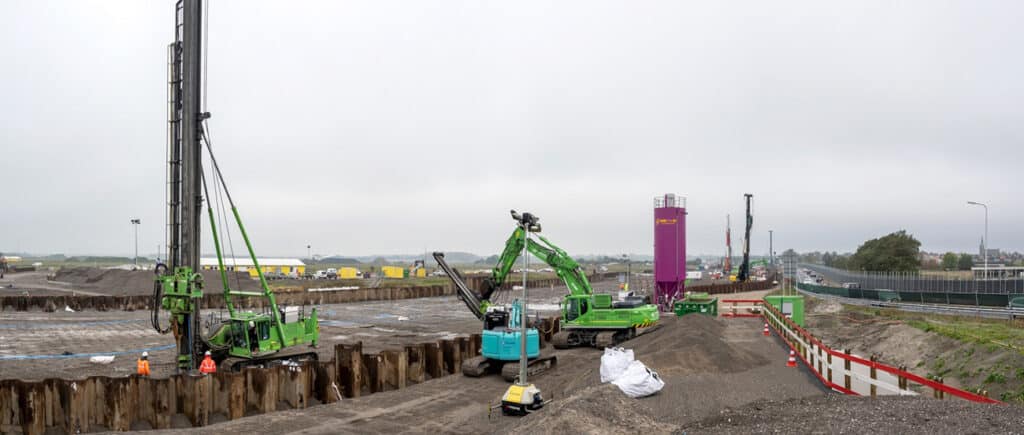
Steel take out
Voorbij Funderingstechniek then started putting sheet piling in the thirteen compartments of the sunken section. Sandifort: "We started on the Torenvliet Bridge side and installed a total of 10,000 tons of sheet piling, representing 3,900 double piles and 71,000 m2. Because of noise nuisance, the sheet piles were compressed as much as possible (3,000 tons), especially on the north side of the tub. Some of it was post-vibrated in connection with the high soundings we found there. In addition, we drilled 1,507 grout anchors, installed the same amount of anchor chairs and over 2,700 linear meters of purlins on the sheet piling to hold everything in place after excavation. The great thing is that the steel is also being "reclaimed. We are now at the point where, except for the compartmentalization screens, we are taking out the steel again by sonic vibration."
Meanwhile, the first two compartments are already "steel-free. "We are now working in compartment 4 and 5 to pull the sheet pile walls and remove the anchors. According to schedule, everything will be out in October and the steel can be deployed elsewhere. So the project is going well," Sandifort says. "We have been able to deploy many of our techniques and build the necessary certified auxiliary structures in our own welding hall. Our welders are also regularly active on the project itself. At peak times we were working with as many as 18 welders at the same time and another ten foundation machines and auxiliary cranes. Despite this, we were able to tackle everything with a limited project team, thanks also to the pleasant cooperation with Boskalis and the lean planning that goes through on a weekly basis."
